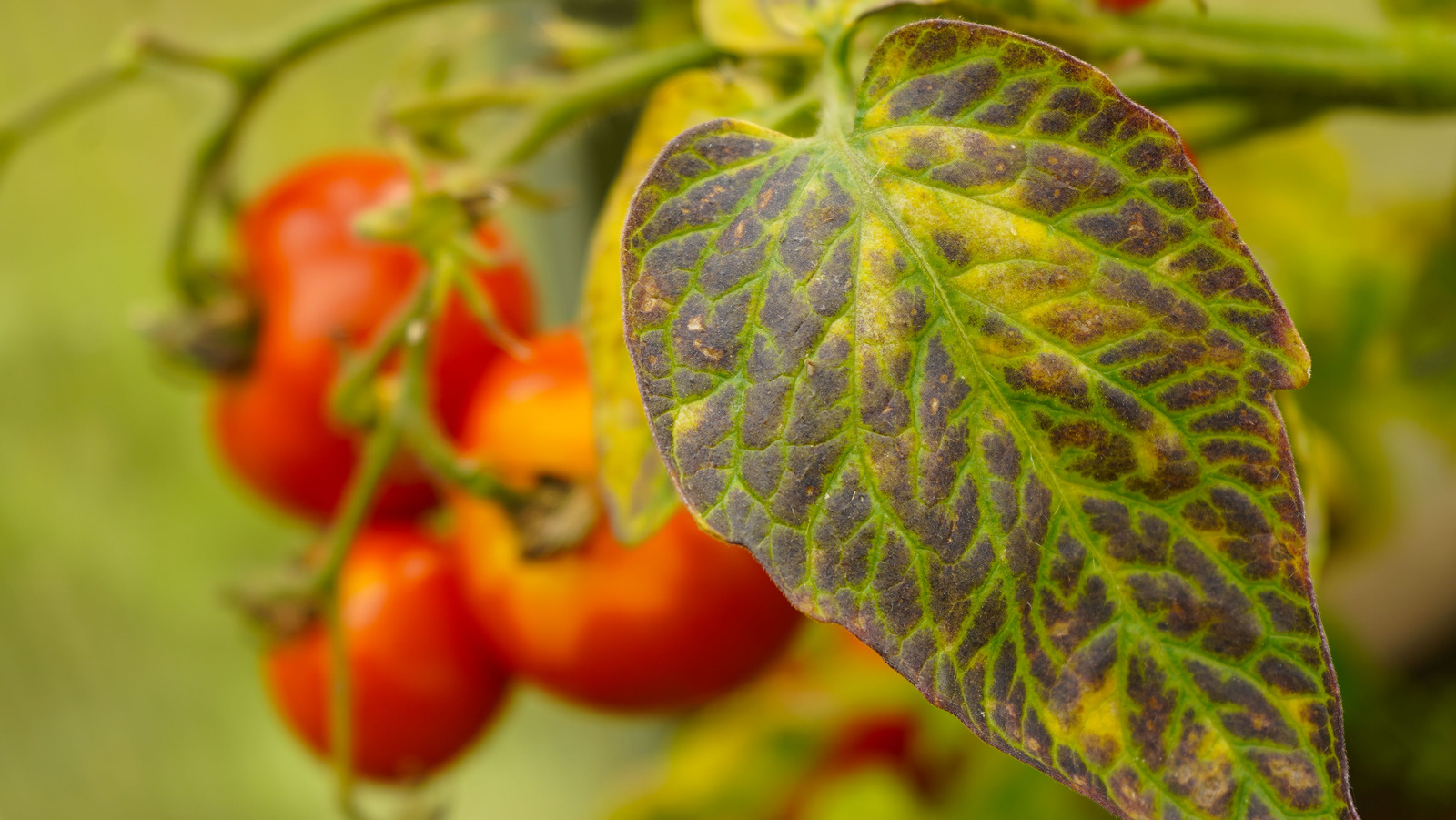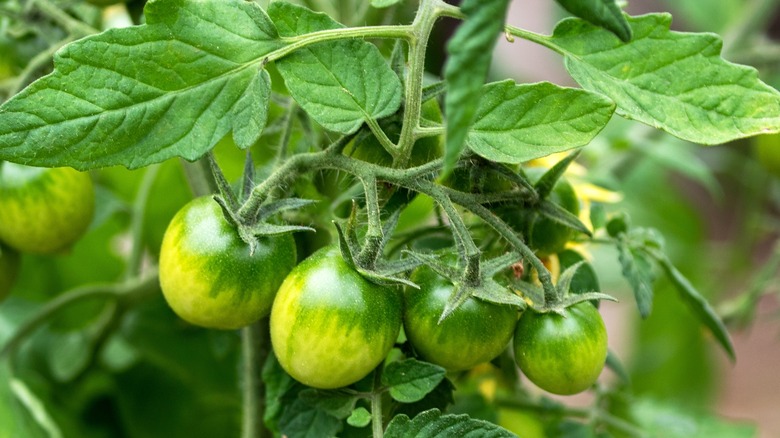Growing your own tomatoes is not only delicious but can also be very satisfying. While tomatoes are relatively easy for beginners to grow, there are some things that all gardeners should know when trying to grow the perfect crop, especially when they’re just getting started. One garden issue that plagues novices and experienced gardeners alike is when a tomato plant’s leaves start to turn yellow. This can be a symptom of many different issues, from under-watering to over-watering, nitrogen deficiency, or possibly just too much herbicide. Other issues leading to yellow leaves include blight or insufficient sunlight.
It’s easier to prevent yellowing than to fix it. Focus on watering correctly; make sure the soil is dry at least a fingertip length down before watering again. Also, make sure to fertilize tomato plants monthly during the growing season because they are heavy feeders and will require more nutrients to grow and bear fruit. It’s also important to prune tomatoes properly, removing lower leaves, typically anything touching the ground, stems growing below the lowest row of flowers, and suckers to ensure good air flow and reduce the risk of disease. This will redirect the tomato plant’s energy toward producing fruit rather than more branches.
Depending on the variety of tomato plant, it may be a good idea to prune even further, so it’s wise to learn as much as you can about the variety of tomato plants that you are growing. Indeterminate tomato varieties keep growing all season, so they need to be pruned more, whereas determinate varieties stop growing and won’t need as much attention in that area.
How to fix yellow tomato plant leaves
We know, it’s a lot to take in, but getting to the root of the yellow tomato plant leaves once they happen takes a bit of insight into what tomatoes really need to thrive and, of course, a little observation. Once you work out why the leaves are turning yellow, the issue can be corrected, and your tomato plant will thrive and produce in no time.
The tomato plant may be nitrogen deficient if it has begun yellowing at the bottom. Adding a balanced fertilizer or even supplementing with worm castings or blood meal is a good way to ensure that is not the case or to boost the nitrogen level if that is the issue. Tomato plants like acidic soil, so coffee grounds are another good addition to the soil to increase the acidity and add nitrogen, especially if you’re trying to grow a garden on a budget. You can also add compost, fish emulsion, or manure to ensure that the tomato plant is getting enough nutrients. Also make sure that the plant is receiving enough sun, as tomatoes love direct sunlight all day, and ensure that the tomato plant is being properly watered so they don’t split.






